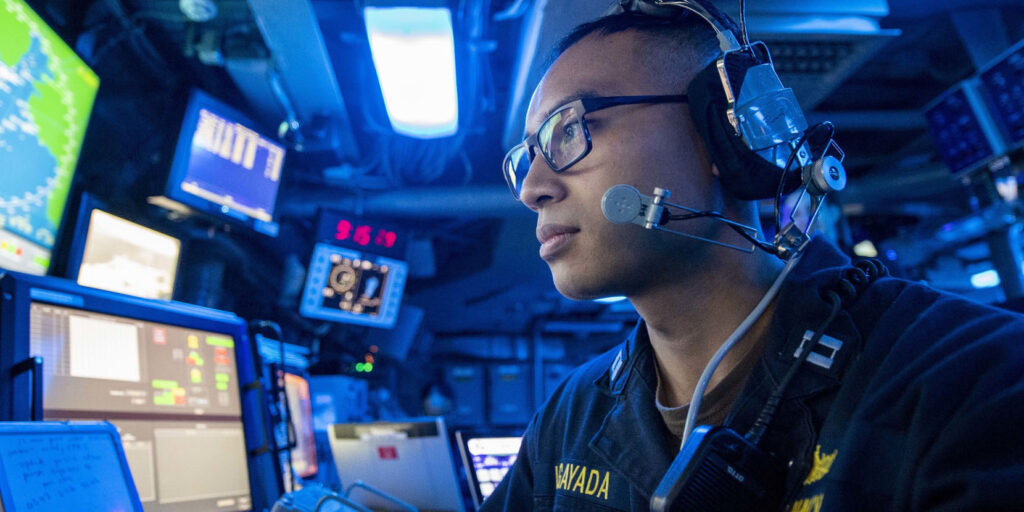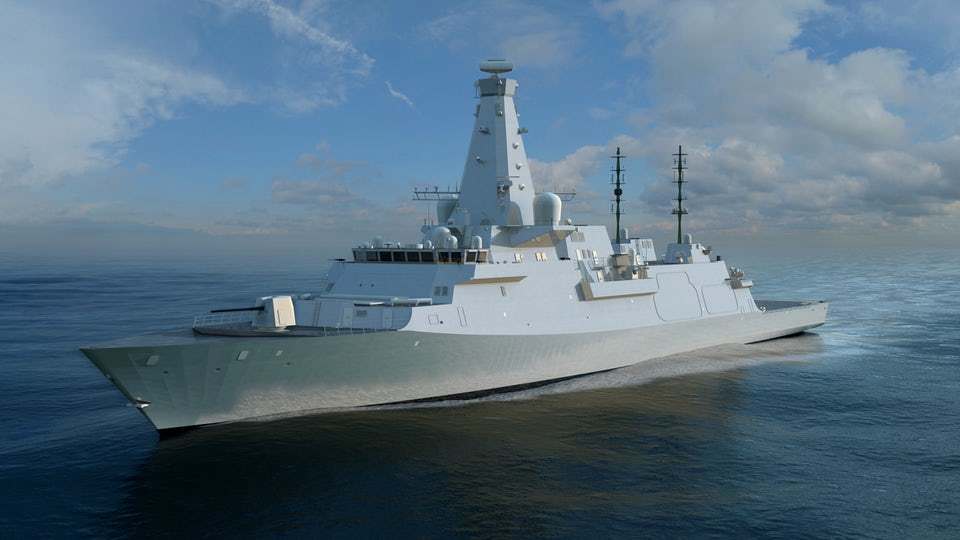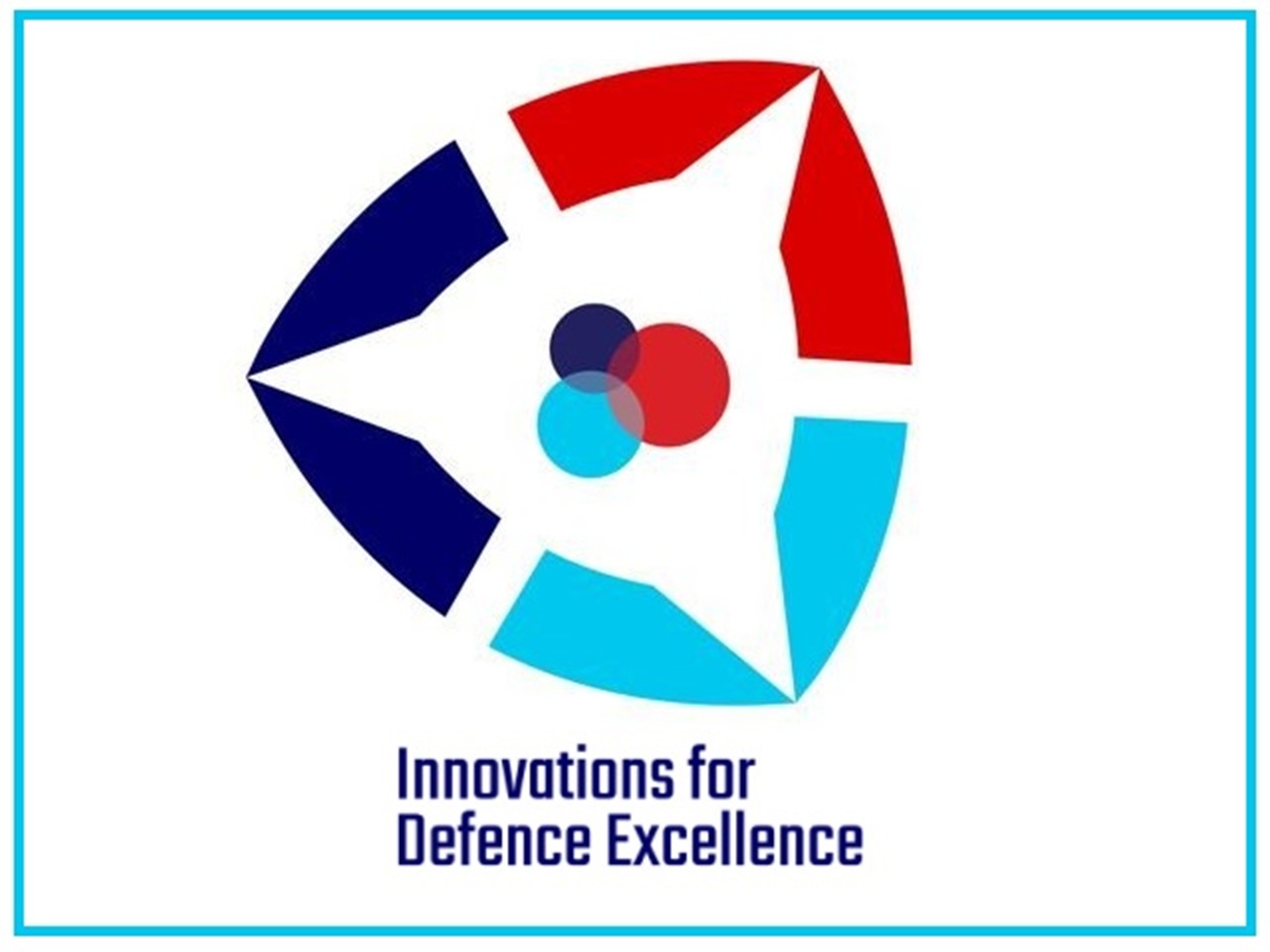Impact of emerging technologies on naval defence systems is very crtical in the coming years.
Technology is a key enabler in modern warfare. This is borne out by the fact that weapons and sensors, Command Control and Communication Systems, power generation, power management & distribution systems, propulsion systems and machinery controls onboard platforms are extremely complex and invariable embedded with state of art technologies. The industry engaged in the design and development of these systems globally are constantly inventing and innovating to create systems with even more sophisticated capabilities and so that the cutting edge is continually maintained.
Self-reliance in defence implies that the country needs to build a robust defence industrial complex that constantly tracks and keeps pace with the emerging technologies, so as to constantly provide the best solutions to the defence forces. The amalgamation of the resources of DRDO, Defence PSUs and more recently a credible Defence Private sector Industry, has ensured that indigenisation stays in focus. The renewed emphasis, as articulated by the Govt through Aatamnirbhar Bharat, ensures that this thrust endures on local design, development and production of state of art weapons and systems in India.
Indian Navy has been one of the earliest proponents of indigenisation and has been at the forefront of this effort through its shipbuilding program since the early seventies. Most of the ships, submarines and aircraft carrier are now built in India and the country has adequate capacity to build its future fleet through our shipyards. This is particularly relevant since ships and submarines have a life of about thirty years including midlife upgrades and the Navy needs to continuously launch new construction programs to maintain and build its Fleet strength depending on the constantly evolving threat perceptions.
In recent times, the rapid pace of developments in science and technology have ushered in a stream of new technologies that are constantly adopted by R&D organisations and industry to redesign and develop more complex systems and superior capabilities to meet new threats. In the Indian context, as far as the weapons and sensor systems are concerned, the Navy has been largely dependent upon DRDO and DPSUs. In recent times, the efforts of the private industry also have gathered momentum, in collaboration with DRDO and DPSUs to design and develop subsystems and technologies required for large and complex projects.
A naval frigate or a destroyer is undoubtedly one of the most complex platforms to design, build and operate. However, the submarine systems are even more complex because of severe space constraints and the harsh operating environments far below the sea surface. This is also the case with airborne platforms like fighter aircraft or P8I crammed with multitude of weapon & sensors for their operational roles and missions. Since the weapons and sensors on naval platforms are developed by many agencies, they need to be integrated onboard for the platform to function effectively. This requires platform level system interfacing and integration for functionality. This key requirement, to integrate many systems of diverse origin, has been developed by the Weapon and Electronics Systems Engineering Establishment (WESEE), which is the principal agency of the Navy for system integration of all platforms. WESEE has also developed critical systems like Command and Control, Data Link and the Network Centric systems in collaboration with the Indian industry.
As the Navy takes on the role of net security provider in the region, it needs to operate over extended ranges, far away from its shores and therefore needs to have an advanced communications and information network for ISR ((Intelligence, Surveillance and Reconnaissance) to enable all its ships and shore Command and Control centres to be able to exchange information in real-time through Tactical and Satellite communication links for network centric warfare.
The emerging technologies like UAVs, Satellite Communication and Surveillance, long-range precision-guided ammunition, optical and IR sensors, high energy weapons, Cyber Security, Artificial Intelligence and Data Analytics are going to define warfare tactics in the future and are examined in the succeeding paragraphs to analyse their impact on the design and development of new systems.
Unmanned Ships and Submersibles

Unmanned Surface Vessels (USVs) unmanned underwater vessels (UUVs) and Unmanned Aerial Vehicles (UAVs) have come into sharp focus in recent times as they offer autonomous or remote-controlled operations, with the control centres being far removed from the immediate area of operations. Increasingly sophisticated systems are being designed and planned for the future by the Navies based on emerging technologies of Navigation and Communications. It will not be long before the concept of autonomous ships gains traction and they become a part of Navy’s surface fleet. Autonomous ships of the future will allow for unprecedented levels of flexibility and decentralization. Initially due to current limitations in technology it would be smaller, more distributed systems in the face of enemy threats, particularly anti-ship missiles. However, in the future It would develop into Medium Unmanned Surface Vehicles (MUSVs) which can be tasked with intelligence, surveillance and reconnaissance payloads and electronic warfare missions and Large Unmanned Surface vessels (LUSVs) could be more offensive in nature, armed with anti-ship and land-attack missiles. These platforms could be operated from other fleet ships. Some of the advanced navies have already created several platforms for testing and integrating autonomous USVs.
Similarly, it will not be difficult to develop Extra Large Underwater Unmanned Vehicles (XLUUV) that could be designed to have a large endurance, operate independently with mission program run remotely. The submarine like platform could be deployed for mine countermeasures, anti-submarine warfare, anti-surface warfare, and also for strike missions. The payloads would be defined by the mission and would include sonar to detect enemy submarines and send location data to friendly helicopters and surface ships via secure Data links. They can also be equipped with Torpedoes as well as anti-ship Missiles. The modular payload system and open architecture software on such platforms can enable rapid transition and configuration based on the needs. Some of the advanced Navies have already created several platforms for testing and integrating autonomous USVs.
In the Indian context, given the increased surveillance requirements, and the limited availability of platforms, these capabilities need to be developed. In the near future, the smaller USVs may be added by the Navy to supplement its manned fleet for Surveillance and Control. Small USVs can scout around the outside of the fleet and extend the range of the radar coverage. Although airborne drones are currently used to extend the radar horizon and EW tasks, USVs could also be exploited with greater independence and endurance. The mission capability could be expanded in the future for missile delivery also.
Research and development in these areas need to be initiated and emerging design capabilities in the private sector industry harnessed to build such high-tech platforms as per the requirements of the Navy.
Satellite Networks and Command Control Systems
The future ISR shall be driven by the Fourth Industrial Revolution (4IR) technologies that are smart and intelligent, use predictive-cognitive tools and algorithms, and drive autonomous, unmanned and remote-controlled platforms, robots and machines. Some of the frontline technologies like Artificial Intelligence (AI), Machine Learning (ML), Big Data, cloud computing, Augmented Reality (AR), Quantum Computing, Cognitive Computing (CC) and Internet of Things (IoT) are gathering momentum and finding use in supporting ISR operations
Space X is already in the process of establishing space-based 5 G communications and satellite networks to provide very high bandwidth communications around the Globe. There is no doubt that these commercial technologies will find applications in defence networks especially for tracking hypersonic missiles with optical and IR sensors on the Satellite networks. Most of the data could be processed on the edge and communicated between the satellite chain and finally passed to the ships at sea.

For Network Centric Warfare, the decision support systems with smart sensors and weapons using Data Analytics and Artificial Intelligence algorithms would require a continuous upgrade of existing weapons and sensors. Integration of these technologies into weapons and sensors would require major efforts by DRDO and Defence industry, both public and private, to work in unison with the Navy. The operation and maintenance of such a complex system of system would require the naval personnel to acquire the knowledge and expertise in these highly complex new technologies and therefore will call for a major upgrade to their training infrastructure and the teaching faculty requirements to reskilling officers and sailors.
Artificial Intelligence, Data Analytics and Machine Learning
In today’s fast-paced information age, individuals, companies, and government organizations are faced with a unique challenge — gaining insights amidst the explosion of inbound data. In the future, the availability of even larger volumes of data from multiple sensors and sources will be unmanageable for real-time human comprehension decision making. There is a need to use AI and develop intelligent systems that may automatically generate deep insights from different discrete decisions or inputs. The intelligent platform may increase efficiency and improve the capabilities during various unpredictive operations. The AI-enabled military infrastructure could increase the efficiency and effectiveness of the ground performances. According to the need of modern warfare the human-machine team or man-unmanned collaborations could be equipped for better control. These technologies depend upon large data and the complex algorithms to observe, correlate, extract, and predict various outcomes by optimising the processes and shall enhance system performance many folds. AI shall enable better target recognition through the correlation of vast data recorded earlier in the EW and Acoustic libraries. AI shall also have an impact on the Logistics and supply chains and the reliability and maintainability of systems onboard. Technologies like 3D printing will enable the manufacture of mission-critical parts onboard or in the repair yards and Cobotics will help disassembly and assembly of complex machines in the repair centres like in the production line.
Cyber Security and Warfare
Since the over-reliance on computer networks for all transactions is a given today, it is but natural that this mass of data is targeted by many for obvious reasons of gaining from it. This has led to an increase in large-scale cyber attacks, data breaches, ransomware attacks, corporate espionage, and insider threat cases. As our adversaries adapt these methods to attack us, we need to develop advanced tools for cyber analytics and intelligence to provide an edge to overcome those threats.
We have a large pool of qualified multi-domain knowledge and interdisciplinary subject matter experts, to develop advanced data collection, processing, AI/ML-augmented analysis and visualization tools to detect and counter any threats to our communication and critical infrastructure. Navy by itself may require experts in this crucial area to work with industry and keep a 24X7 watch on our networks to identify intrusions and take corrective action on public networks.
High Energy Laser Weapons
The fibre laser technology systems have shrunk down to a level where they can fit on ground vehicles, helicopters, and ships. The beam quality of fibre lasers is excellent to deliver maximum power to the target and thus Fibre laser systems are now able to point on a distant object and disable its electronics. The second use of such weapons is as a counter to the proliferation of low-cost threats, like drones. Drones in large numbers can do a lot of damage and can simply exhaust the magazines of any current defensive weapon. Lasers can complement kinetic weapons – never running out of “bullets”. Laser weapon systems have some key advantages for dealing with drone swarms. They provide the speed of light “flyout” time and can hit a target immediately. Lasers also have a very low cost per shot, so it makes sense to use them against low-cost threats like drones.
Space-Based Surveillance Systems
SpaceX just launched 60 Starlink satellites from Launch Complex 39A (LC-39A) at Kennedy Space Center in Florida. Unbounded by traditional ground infrastructure, Starlink can deliver high-speed broadband internet to locations where access has been unreliable or completely unavailable. At a time when more people are working from home and more students are participating in virtual learning, internet connectivity is more important than ever.
A space-based blanket of advanced sensors can keep “eyes always on” on the lookout for potential missile attacks. The pace of this new technology is on a near-exponential curve. The next-generation system of satellites shall provide early warning of intercontinental and ballistic missile launches with optical, infrared, Radar-based surveillance systems looking from high in the sky and covering a large area. ISRO has adequate indigenous technology to help the defence forces for constant surveillance over the entire range and can further enhance these capabilities with upcoming advances in Optical and IR sensors in lower orbit satellites.
Conclusion
As technology continues to grow by leaps and bounds there is an incessant need for adopting it to innovate and develop new systems with greater potential in the future. Technology is impacting the platforms as well as system design in numerous ways and the Navy has to embrace these developments to stay abreast. The unprecedented pace of evolution in technology needs to be harnessed with upgrades of existing systems and the development of new highly capable systems. The unmanned platforms for surface and the underwater domain will play a significant role in the next decade and such systems need to be developed for the extended role with manned platforms.
The commercial high speed 5G broadband internet services from agencies like Star link may find use in defence especially for Surveillance and tracking of Hypersonic missiles and extended ISR operations over long ranges. The extensive opportunities to use Artificial Intelligence and Data Analytics techniques in systems design and maintenance and support of systems need to explored by the local Industry. This calls for the Navy to prepare a perspective plan to embrace these technologies and place greater thrust on training its personnel to learn these technologies and also reskill service and civilian personnel with advance training and learning management systems.
https://www.heritage.org/defense/commentary/meet-the-us-navys-unmanned-ships-the-future
https://www.raytheonintelligenceandspace.com/news/feature/eyes-argus
https://www.spacex.com/launches/
Title image courtesy: https://newatlas.com/frigate-future-us-navy/58117/
Disclaimer: The views and opinions expressed by the author do not necessarily reflect the views of the Government of India and Defence Research and Studies







